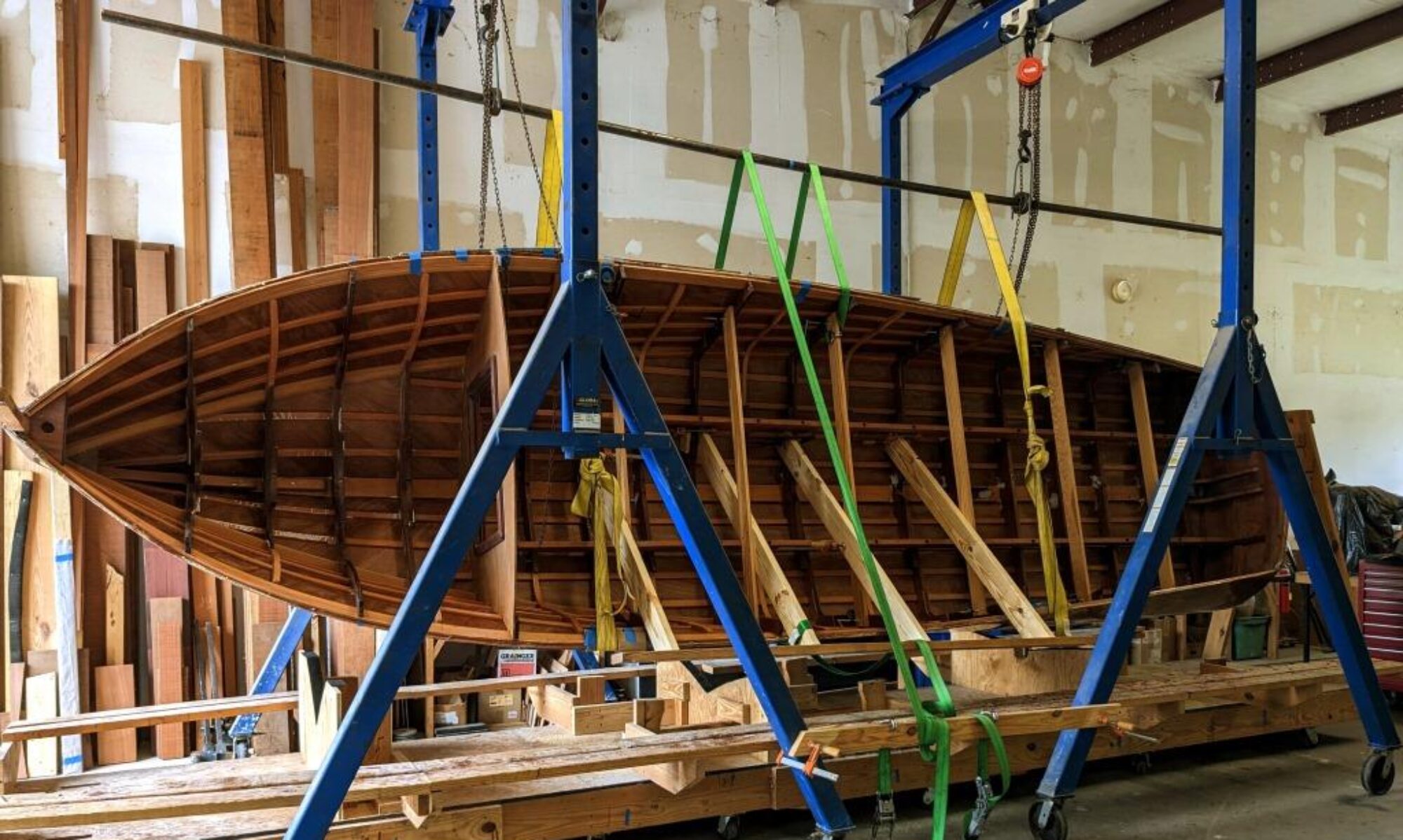
I’m restoring the foredeck for a 2013 Riva Iseo. I talked about working on the swim platform in my previous post, where I said we’d discuss options for the foredeck next. I thought briefly about trying to repair those bad patches, but I decided against that option because I would have to strip the entire finish without sanding through the thin veneer of mahogany and holly. At the time I thought it was about 1/16 inch thick. It turned out to be much closer to 1/32 inch. Then there was the problem of matching grain, joint lines that would show, etc.
So that left what looked like three options. Here they are, in order of complexity and expense: Continue reading “Working on the Riva Foredeck”









